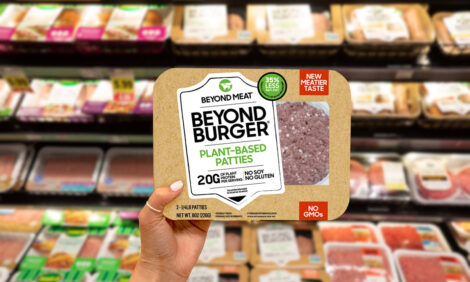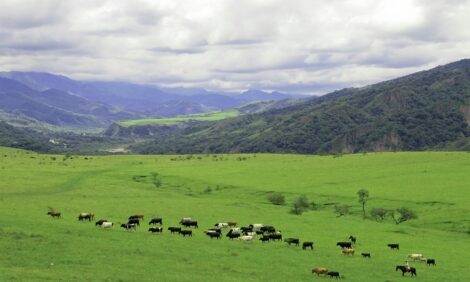



Barn location can impact PRRS exposure risk
Several factors go into selecting a site for a pork-production unit, but research shows there are a couple more — specifically, terrain and vegetation — that may influence exposure to the porcine reproductive and respiratory syndrome virus (PRRSV).Andréia Arruda, DVM, PhD, and assistant professor at the Ohio State University, found that hog-production sites located on a higher slope in relation to neighboring farms were more protected from PRRS outbreaks.
“We also saw that if the farm had vegetation — trees and shrubs — around the site, that also provided protection,” she told Pig Health Today. As further evidence, she cited poultry-industry research that found trees and shrubs used as windbreaks not only mitigated odor but also the movement of dust and viral particles.
Arruda is now conducting a follow-up study to determine the vegetation density needed to reduce the PRRSV exposure risk. “We want to know how complete the layer of trees (or shrubs) needs to be and hopefully be able to make recommendations,” Arruda said. “If we can prevent a certain percentage of PRRS outbreaks through natural landscaping, that would be great.”
The terrain factor is a bit more complicated. She hypothesizes that a slope or hill could provide distance from high-traffic areas, but that it also could provide protection from airborne transmission. “It might be easier for the virus to get from farm to farm if everything is on a flat landscape,” Arruda said.
The search for answers came when a producer looking to build a new facility approached her about terrain considerations. Today, she is comfortable advising a producer that building on a hill or higher slope is a worthy option, as well as ensuring there are trees and shrubs around the site. For existing sites, Arruda suggests planting trees and shrubs if there aren’t any.
However, she emphasized that these new risk-mitigation options don’t replace biosecurity measures and the need to control pig and people movements. “We know that disease follows the animals,” Arruda added. “We traditionally think of PRRS as a winter disease, but in fact, that’s no longer true. It’s important for producers and veterinarians to make sure biosecurity is up to par throughout the year.”







